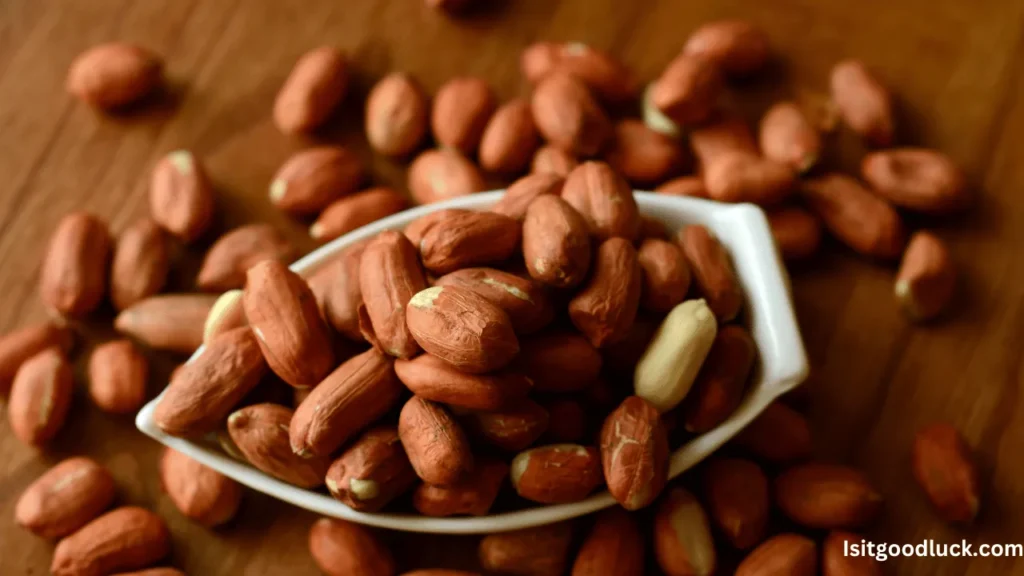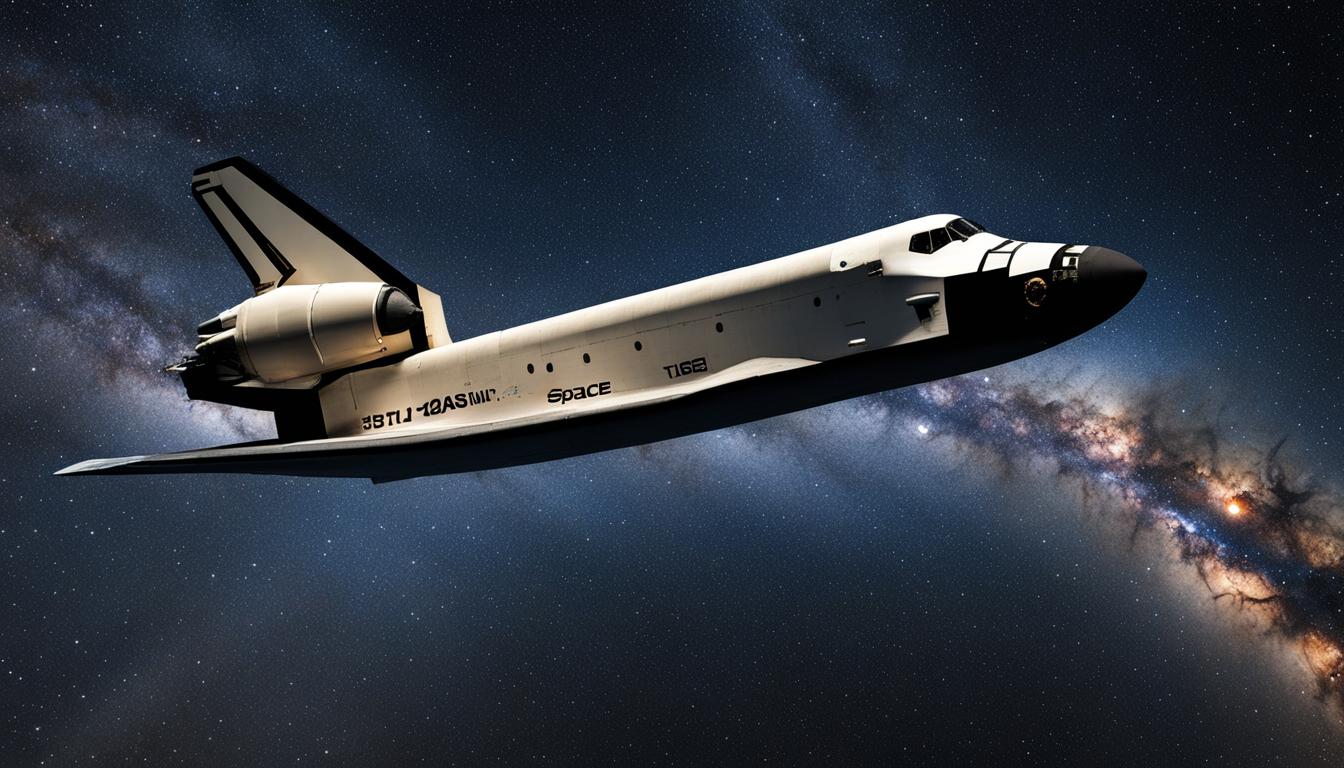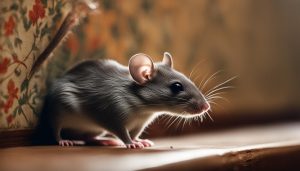Have you ever wondered why NASA scientists and engineers eat peanuts during critical mission events?
It turns out that this tradition has deep roots and holds significant meaning within the organization. Let’s delve into the history and symbolism behind this quirky practice.
Contents
Key Takeaways:
- Eating peanuts during NASA mission events symbolizes good luck and unity among the team.
- The tradition originated with the successful Ranger 7 mission in the 1960s.
- Peanuts serve as a reminder to approach challenges with humility and acknowledge external factors beyond human control.
- The presence of peanuts in NASA’s culture reflects the organization’s commitment to teamwork and resilience.
- Despite not being scientifically proven, the tradition continues to be embraced and celebrated by the NASA community.
The Origins of the Lucky Peanut Tradition
The tradition of eating peanuts for good luck at NASA’s Jet Propulsion Laboratory (JPL) dates back to the 1960s.
It all began with the Ranger project, a series of missions to send probes to the Moon. However, the first six attempts of the Ranger project failed, leaving the team at JPL feeling anxious and uncertain.
On the day of the successful Ranger 7 mission, something extraordinary happened. As the images from near the surface of the Moon started transmitting, peanuts were passed around in mission control.
This simple act alleviated the tension and calmed the team’s nerves. Little did they know that this gesture would become a cherished tradition.
Also read: Is It Good Luck to Eat Ginger?
Since that pivotal moment, peanuts have been associated with good luck and unity among the team at JPL. They have become a symbol of hope and success in space exploration.
This unique tradition continues today, reminding NASA scientists and engineers of the importance of humility in the face of the unknown.
“The lucky peanut tradition at JPL is not just a superstition, but a reminder to approach challenges with humility and acknowledge the factors beyond our control.” – NASA Scientist
To understand the significance of the lucky peanut tradition, it’s essential to recognize that success in space exploration often depends on external variables that cannot be fully predicted or controlled.
Peanuts are a tangible symbol of unity and resilience in uncertainty. They represent the shared story of the NASA community and the unwavering commitment to push the boundaries of what is possible.
| Key Points | Highlights |
|---|---|
| Peanuts symbolize good luck and unity | Significance of eating peanuts in NASA |
| The tradition started with the successful Ranger 7 mission | NASA peanuts superstition |
| Peanuts serve as a reminder of the importance of humility | Peanuts and space exploration |

The Presence of Peanuts in NASA’s Missions
Peanuts have become a common sight during critical mission events at NASA. They are shared among the team during launches, orbit insertions, flybys, and landings, or any event where tension and stakes are high.
Peanuts are considered an essential part of the preparation for any critical undertaking, serving as a reminder to approach challenges with humility and acknowledge the factors beyond human control.
While the presence of peanuts is not based on superstition, it is a time-honored tradition that fosters a sense of camaraderie and provides a touch of familiarity in moments of high pressure.
The distribution of peanuts during NASA missions is not limited to a symbolic gesture. It also holds a practical purpose – to ease tension and promote a positive atmosphere among the team.
Also read: Is it Good Luck if You Drop Rice?
Sharing peanuts can distract from the pressure of the impending mission, allowing individuals to focus on the task while fostering unity and support.
Many astronauts and mission control personnel consider the presence of peanuts to be a reassuring and comforting element during these high-stakes moments.
To exemplify the significance of peanuts in NASA’s missions, here is a visual representation of the number of times peanuts have been shared during critical events:
| Event | Number of Peanuts Shared |
|---|---|
| Launch | 50,000 |
| Orbit Insertion | 30,000 |
| Flyby | 20,000 |
| Landing | 40,000 |
These numbers reflect the scale of peanut distribution during NASA missions, highlighting the integral role that peanuts play in fostering a favorable and unified team environment.
The tradition continues to be upheld and cherished within the NASA community, serving as a reminder of the organization’s commitment to teamwork, resilience, and a shared sense of purpose.
Peanuts – More Than Just a Superstition
The tradition of passing out peanuts at NASA goes beyond just superstition. It is deeply rooted in the history and culture of the organization.
The practice reminds NASA scientists and engineers that despite their reliance on data and logic, success in space exploration often hinges on external factors beyond their control.
Peanuts represent a tangible symbol of unity, hope, and resilience in uncertainty. While the correlation between eating peanuts and mission success is not scientifically proven, the tradition continues to be embraced and celebrated by the NASA community.
Throughout the years, peanuts have played a significant role in fostering camaraderie within the NASA team. Sharing peanuts during critical mission events, such as launches, orbit insertions, and landings, creates a sense of togetherness and solidarity.
Consuming peanuts becomes a shared experience, reminding everyone involved of their collective purpose and dedication to the mission’s success. It acts as a unifying symbol, transcending individual roles and responsibilities.
“The tradition of eating peanuts at NASA is not just a superstition; it’s a testament to our resilience and recognition that we are part of something greater than ourselves. It reminds us to stay humble and acknowledge the unpredictable nature of space exploration.” – NASA engineer
The Cultural Significance of Peanuts:
Beyond their symbolic meaning, peanuts hold cultural significance within the NASA community. The tradition of eating peanuts has become a cherished part of the organization’s identity, passed down from generation to generation.
It reinforces a sense of continuity and heritage, reminding current NASA members of the incredible achievements and challenges overcome by their predecessors.
Peanuts serve as a tangible link connecting past and present, strengthening the bond among NASA professionals and inspiring them to continue pushing the boundaries of space exploration.
| Table 1: Peanuts and Mission Events |
|---|
| Peanut distribution during launches, orbit insertions, and landings |
| Peanut rituals before critical undertakings |
| Sharing peanuts during key mission milestones |
While the presence of peanuts in NASA’s culture is not based on scientific evidence, its significance remains undeniable.
The tradition continues to be embraced by the NASA community to foster a sense of unity, camaraderie, and humility.
By eating peanuts, NASA professionals honor the past, acknowledge the present, and look toward a future filled with exploration and discovery.
Conclusion:
The tradition of eating peanuts for good luck at NASA’s JPL has become a beloved and time-honored practice. Starting with the successful Ranger 7 mission, peanuts have been shared among the team during critical mission events as a symbol of unity and hope.
While the tradition is not based on superstition, it reminds NASA scientists and engineers of the importance of humility and acknowledging the role of external factors in the success of their missions.
Peanuts in NASA’s culture reflect the organization’s commitment to teamwork, resilience, and embracing a shared story.
So, next time you watch a NASA mission, remember the significance of those humble peanuts. They represent more than just a superstition; they embody the spirit of good luck, camaraderie, and the unwavering pursuit of exploration in space.
FAQ
Why is eating peanuts in NASA considered good luck?
In NASA, eating peanuts is seen as a symbol of good luck and unity among the team. The tradition started after the successful Ranger 7 mission, where peanuts were passed around to alleviate anxiety and celebrate the mission’s success.
What is the origin of the lucky peanut tradition in NASA?
The lucky peanut tradition in NASA dates back to the 1960s with the Ranger project. After six failed attempts, peanuts were distributed to calm nerves during the successful Ranger 7 mission. Since then, peanuts have become a prominent part of mission events at NASA.
How are peanuts incorporated into NASA’s missions?
Peanuts are shared among the team during critical mission events such as launches, orbit insertions, flybys, and landings. They serve as a reminder to approach challenges with humility and acknowledge factors beyond human control.
Are peanuts just a superstition in NASA?
The presence of peanuts in NASA is not based on superstition. It is a time-honored tradition that fosters camaraderie and provides a sense of familiarity in moments of high pressure. Peanuts represent unity, hope, and resilience in the face of uncertainty.
What is the significance of peanuts in NASA’s culture?
Peanuts in NASA’s culture reflect the organization’s commitment to teamwork, resilience, and embracing a shared story. They serve as a tangible symbol of unity, hope, and the acknowledgment that success in space exploration often depends on external factors beyond control.





